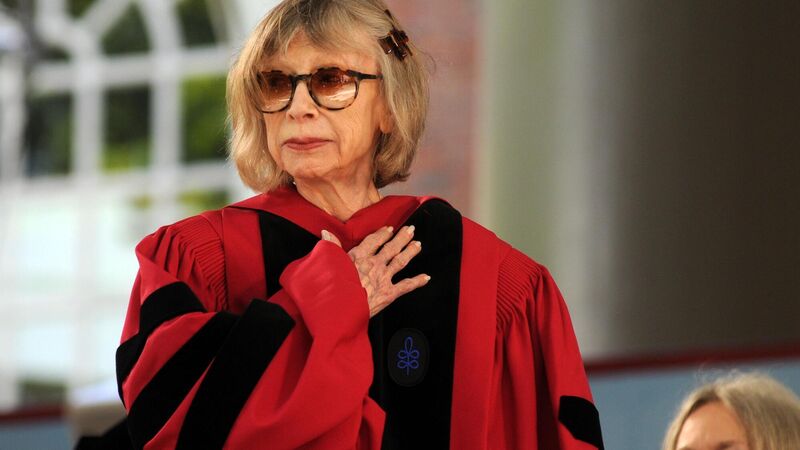Edel Coffey: Joan Didion, physical ephemera and the immortality of words

Writer Joan Didion receives an Honorary Doctor of Letters during commencement ceremonies June 4, 2009 in Harvard Yard in Cambridge, Massachusetts. Founded in 1636, this year marks the 358th year of graduation ceremonies at the university, considered the oldest in the nation. (Photo by Darren McCollester/Getty Images)
Fans of the late writer Joan Didion may have noticed the announcement that hundreds of items from her personal estate will be auctioned later this month. The news caused a flutter across the internet. The ultimate icon of cool in her Celine sunglasses, Didion’s appeal crossed generations. She was a chronicler of 20th century American malaise in her collection of essays, , a rapporteur of 21st century grief in her memoir, . She was as much an icon for her own generation (now in their 80s) as she was for young Gen Z women who carry canvas tote bags with her image printed on them.
It’s interesting that she appeals to each generation anew. Something about her writing gets to the very heart of many of us. Her writing was always an attempt to understand the world, and to help us understand who we are. I first came across her in college, when my then lecturer, the late-journalist, Eddie Holt, tried to teach us style, observation, and precision, the hallmarks of Didion. Turns out they are not things you can easily teach, but a lifelong love affair with Didion’s writing was an even greater gift.









